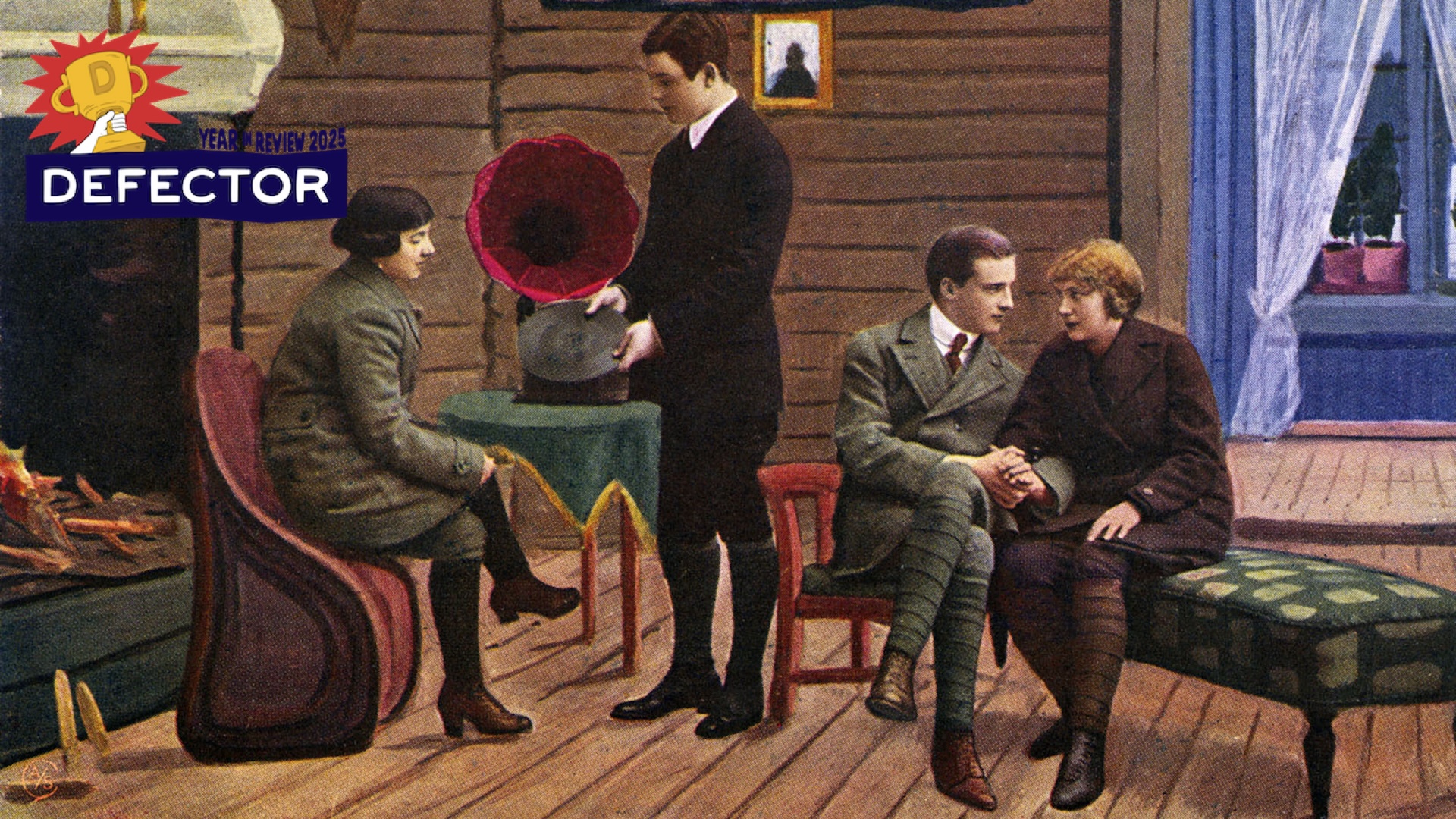The most puzzling part of the Jannik Sinner's doping saga might be its conclusion. The World Anti-Doping Agency (WADA) announced over the weekend that it had reached a settlement with the top-ranked player in men's tennis. WADA would no longer be moving forward with its appeal of a previous "no fault or negligence" ruling reached by a tennis-specific anti-doping authority, which, had it been successful, could have carried a ban of one to two years. Instead, WADA and Sinner agreed to a settlement: He would accept a three-month suspension, starting Feb. 9 to May 4, a span in which he would miss no major tournaments on the tour.
There has been a lot of conspiratorial chatter about this case, much of it from fellow players, much of it wildly ill-informed (with one exception). I had my own narrower misgivings. Sinner's story involved a somewhat convoluted series of mishaps: His trainer supplied a physiotherapist with an over-the-counter topical clostebol spray for a finger cut, then said spray got into Sinner's body when the physio massaged the player's sore-covered dermatitic skin. That was meant to explain how metabolites of clostebol were detected in two samples collected from Sinner eight days apart last March. But how could experienced staffers whose critical job function was to keep prohibited substances out of their employer's body do something this careless? Why would clostebol spray ever be in the vicinity of a work trip? Why were those staffers retained for months after this catastrophic error?
Separately, there were aspects of the process that unpleasantly laid bare the different financial realities for players on tour. Because Sinner had the bankroll for a sophisticated and fast-acting legal team, he was able to overturn provisional suspensions within days of learning about the test results, allowing him to keep touring with a good deal of discretion; other players in similar cases might have had to stop working altogether for a longer period while mounting their defense. But in the end, the ITIA tribunal's ruling seemed acceptable. Independent medical experts had determined that Sinner's account for how he ended up with clostebol in his body was plausible. Due to a player's strict liability for having the substance in his body at all, he was still stripped of prize money and ranking points for the event where one positive sample was collected.
If there's any stage that has made me truly skeptical of this process, it's this latest update. In September 2024, WADA announced that it would be appealing the ITIA tribunal decision. Here was a worldwide governing body for anti-doping disputing a ruling from a sport-specific body, as if to declare that it was the true backstop for regulating these issues. "It is WADA’s view that the finding of 'no fault or negligence' was not correct under the applicable rules," the agency said at the time. "WADA is seeking a period of ineligibility of between one and two years. WADA is not seeking a disqualification of any results, save that which has already been imposed by the tribunal of first instance." WADA would not bother to mount an appeal unless it felt like it could make a strong case. The agency was due to take that case to the Court of Arbitration in Sport (CAS) in April; the hearing would take place behind closed doors.
And yet, after that aggressive move, WADA has abruptly accepted a settlement, two months before the scheduled appeal. The very existence of a settlement in an anti-doping case is an odd thing to wrap one's head around. I can understand the incentive for Sinner's camp to get this process over with and eat a shorter suspension during a relatively unimportant stretch of the tour calendar: He will miss no major tournaments, and presumably return to play at the Italian Open in May. But what incentive does WADA have to accept such an arrangement? For what other purpose is it saving up the time and resources? Isn't this the exact reason for a regulatory body's existence: to pursue an appeal in an incredibly high-profile case? Why walk back the aggression now?
When reached for comment, WADA pointed me to provision 10.8.2 of the World Anti-Doping Code, which allows for cases to be settled in this fashion. The provision states that a potential suspension can be shortened via "case resolution agreement," taking into consideration how serious the violation was, how promptly the violation was admitted to, and the athlete's degree of fault. It was a trace amount of clostebol; an explanation was offered to anti-doping authorities almost immediately; and the fault, if the story is true, rests solely on Sinner's entourage.
A WADA spokesperson said that since the provision was added to the code in 2021, it had been used dozens of times to reach settlements, among thousands of cases overall. I asked if this provision had ever been used to settle a tennis case, and asked for some other instances over the past year, in any sport, where it had been used, so I could place it in context. At time of publication, WADA sent no response.







